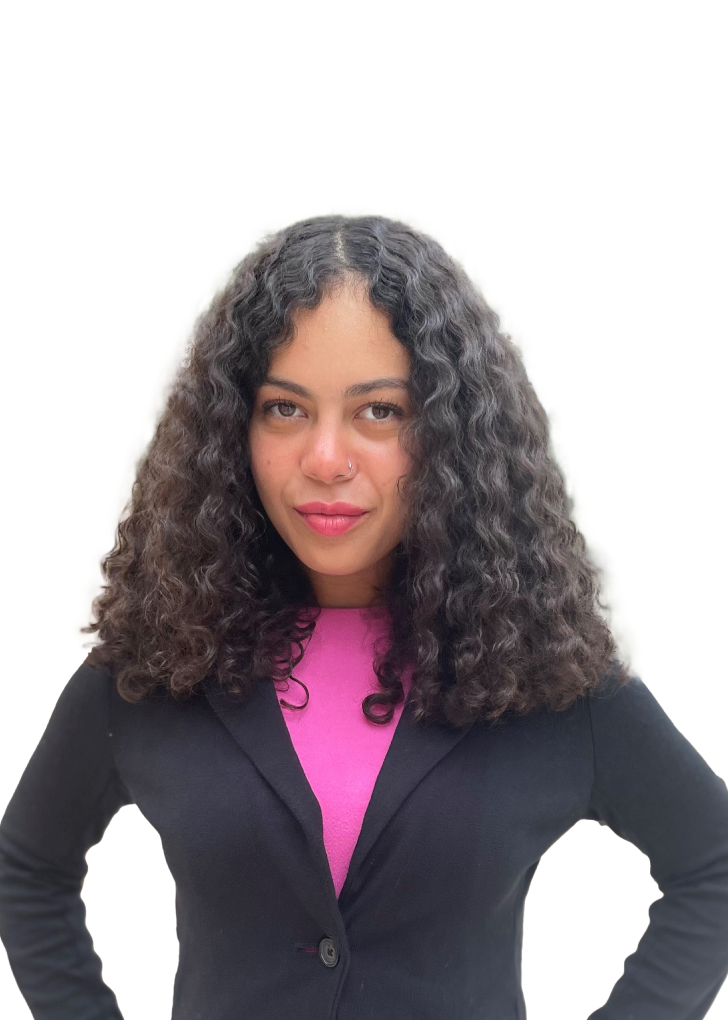To assist students and youth with disabilities to achieve their post-school and career goals, Congress enacted two key statutes that address the provision of transition services: the Individuals with Disabilities Education Act (IDEA) and the Rehabilitation Act of 1973 (Rehabilitation Act), as amended by Title IV of the Workforce Innovation and Opportunity Act (WIOA). Both the IDEA and the Rehabilitation Act make clear that transition services require a coordinated set of activities for a student with a disability within an outcome-oriented process. This process promotes movement from school to post-school activities, such as postsecondary education, and includes vocational training, and competitive integrated employment. Active student involvement, family engagement, and cooperative implementation of transition activities, as well as coordination and collaboration between the VR agency, the SEA, and the LEAs are essential to the creation of a process that results in no undue delay or disruption in service delivery.
As students and youth with disabilities prepare to transition to adult life, we must do everything we can to provide them with the information, services, and supports they need to ensure that they have the opportunity to achieve their goals. We hope this transition guide will also help students and youth with disabilities and their families to better understand how the SEA, the LEA, and the VR agency work together to facilitate improved outcomes for students and youth with disabilities.

